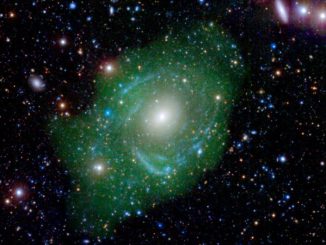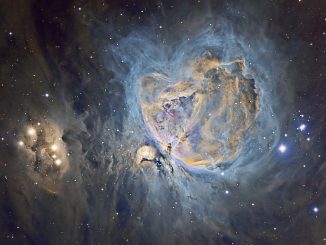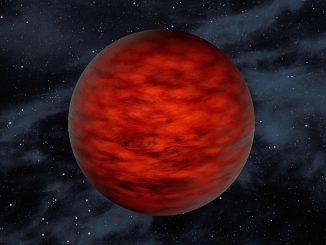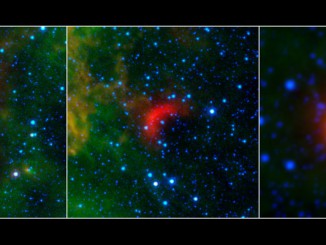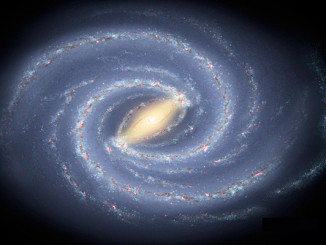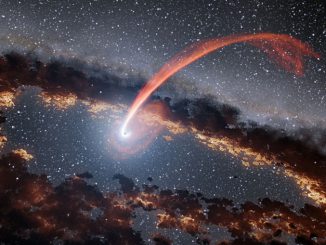
Light echoes reveal supermassive black holes eating stars
When a star passes within a certain distance of a black hole, the stellar material gets stretched and compressed as the black hole swallows it, briefly releasing an enormous amount of energy as a flare. Astronomers have now observed infrared light echoes from these “stellar tidal disruption” events reflected by dust encircling a black hole.

